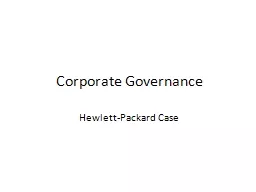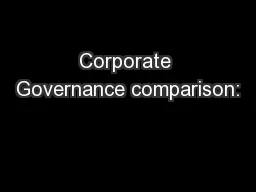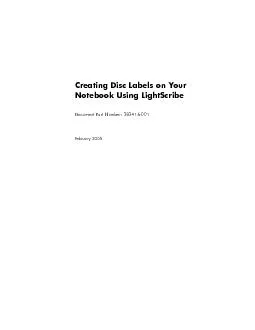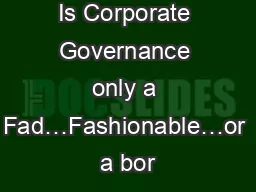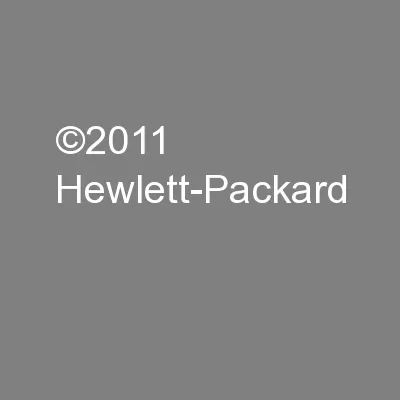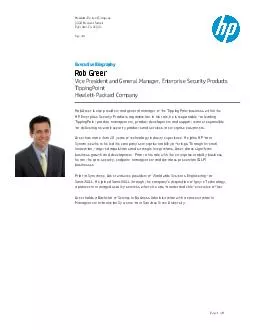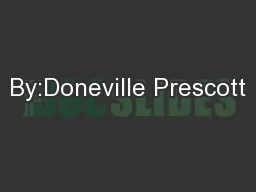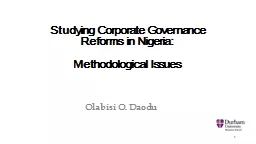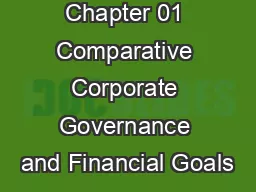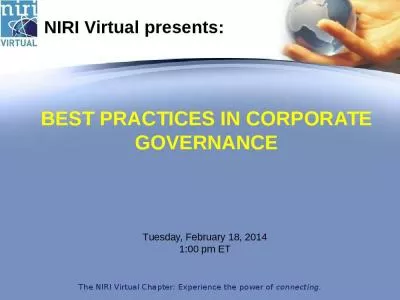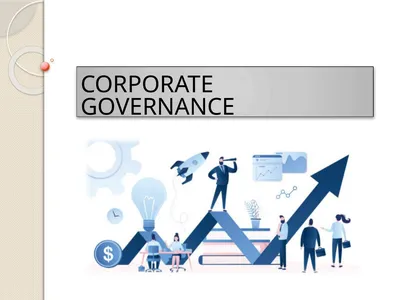PPT-Corporate Governance Hewlett-Packard Case
Author : jane-oiler | Published Date : 2018-12-16
Agenda Introductory Summary including Questions Character Sketches Basic Facts Quotes on Corporate Governance An Outline on Corporate Governance Leading Categories
Presentation Embed Code
Download Presentation
Download Presentation The PPT/PDF document "Corporate Governance Hewlett-Packard Cas..." is the property of its rightful owner. Permission is granted to download and print the materials on this website for personal, non-commercial use only, and to display it on your personal computer provided you do not modify the materials and that you retain all copyright notices contained in the materials. By downloading content from our website, you accept the terms of this agreement.
Corporate Governance Hewlett-Packard Case: Transcript
Download Rules Of Document
"Corporate Governance Hewlett-Packard Case"The content belongs to its owner. You may download and print it for personal use, without modification, and keep all copyright notices. By downloading, you agree to these terms.
Related Documents

